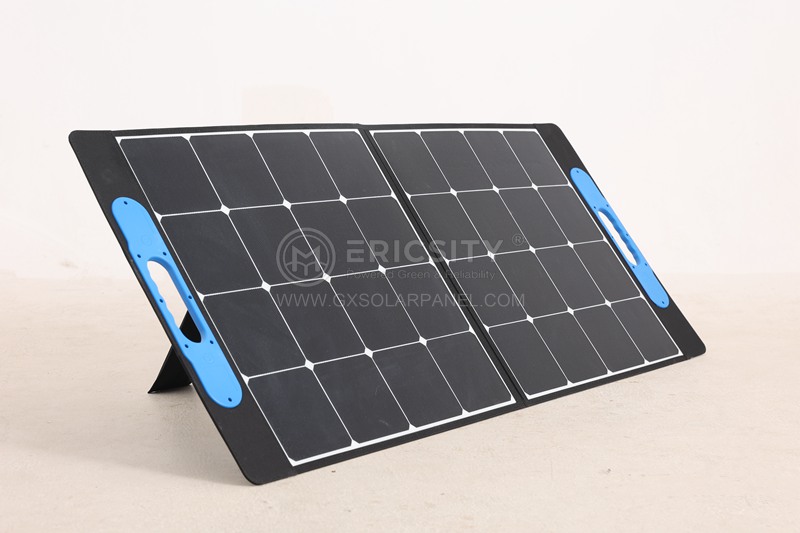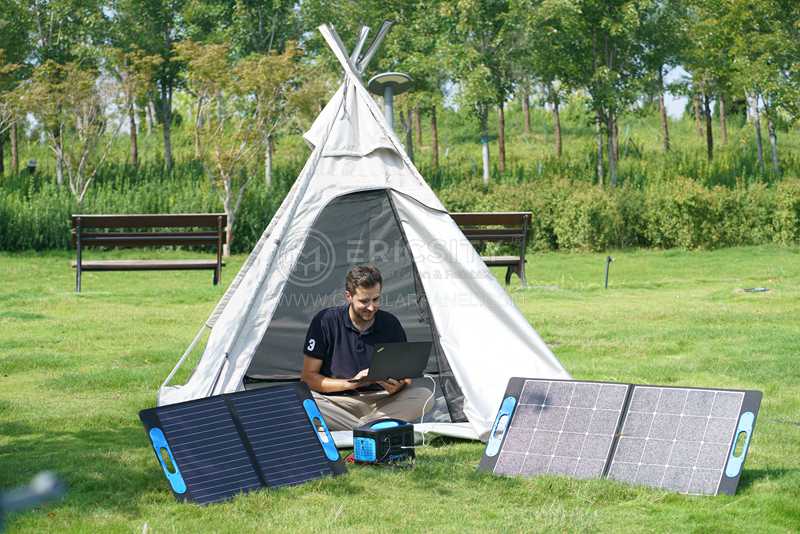HOT PRODUCT
Product Details
Flexible Solar Panels Vs. Traditional Rigid Panels: Which Is Better?
Flexible Solar Panels Vs. Traditional Rigid Panels: Which Is Better?
Solar energy has gained immense popularity over the years as a renewable and sustainable source of power. To harness this energy, two primary types of solar panels are commonly used: flexible solar panels and traditional rigid panels. Each type has its own set of characteristics and advantages, making it important to understand the key differences between the two. In this article, we will explore the benefits and limitations of both flexible and traditional solar panels to determine which is better suited for different applications.


Flexible Solar Panels:
Flexible solar panels, also known as thin-film solar panels, are made using lightweight and flexible materials. This allows them to be bent, rolled, or even integrated into flexible surfaces such as fabrics or curved surfaces. Unlike traditional rigid panels, flexible panels are typically made using thin layers of photovoltaic material rather than the standard silicone-based crystalline cells. These thin-film panels can be divided into three main categories: amorphous silicone, cadmium telluride (CdTe) and copper indium gallium selenide (CIGS).
One of the main advantages of flexible solar panels is their versatility in terms of installation. Their flexibility allows them to be installed on irregular or curved surfaces, making them ideal for applications such as rooftops, vehicles, boats, or backpacks. Furthermore, their lightweight nature makes them easier to transport and handle compared to traditional panels. Additionally, flexible panels tend to perform better in lower light conditions and shade, making them more suitable for installations in areas with variable weather conditions.

However, there are also some limitations associated with flexible panels. Due to their thin nature, they generally have lower efficiency compared to traditional panels. This means they may require a larger surface area to generate the same amount of power as rigid panels. Additionally, flexible panels are more prone to damage from hail, snow, and foot traffic. They also tend to have a shorter lifespan, although recent advancements in technology have improved their durability and longevity.
Traditional Rigid Solar Panels:
Traditional rigid solar panels are composed of multiple crystalline silicon cells that are connected together and encapsulated in a protective glass and aluminum frame. These panels are more robust and durable than their flexible counterparts, making them suitable for long-term installations such as residential or commercial rooftops.

The main advantage of traditional rigid panels lies in their higher efficiency. They are more efficient at converting sunlight into electricity, allowing them to generate more power in a given space. They are also more resistant to damage from environmental factors and have a longer lifespan, often ranging from 25 to 30 years. This makes them a reliable choice for applications where longevity and durability are important factors.
However, traditional rigid panels come with some limitations as well. Their rigid nature restricts them to be installed only on flat and rigid surfaces, limiting their versatility. They are also heavier and bulkier compared to flexible panels, making them more challenging to handle and transport. Additionally, traditional panels tend to perform less efficiently in shaded or low light conditions, which can impact their overall energy production.
Which is Better?
Determining which type of solar panel is better depends on the specific application and requirements.
Flexible panels are better suited for portable or flexible installations where weight, versatility, and ease of transport are important factors. They are ideal for outdoor recreational use such as camping or backpacking, as well as applications that require panels to be mounted on curved or irregular surfaces.
On the other hand, traditional rigid panels are better suited for permanent installations where high efficiency, longevity, and durability are crucial. They are commonly used in residential or commercial buildings, effectively converting sunlight into electricity for long-term energy generation.
Ultimately, the choice between flexible and traditional solar panels comes down to the specific needs and priorities of the user. With ongoing advancements in technology, both types continue to improve, offering more efficient and durable solutions for harnessing the power of the sun.




